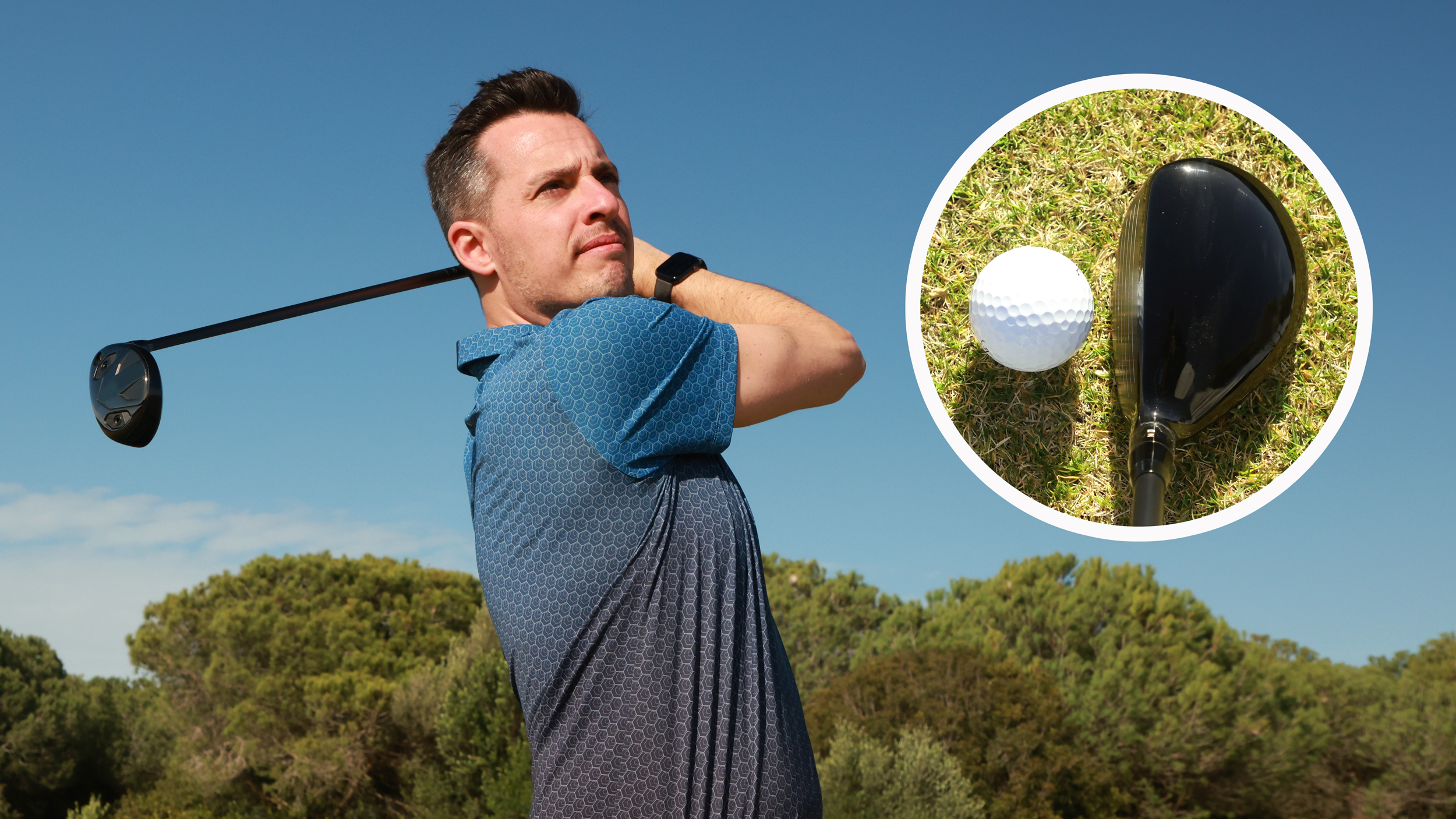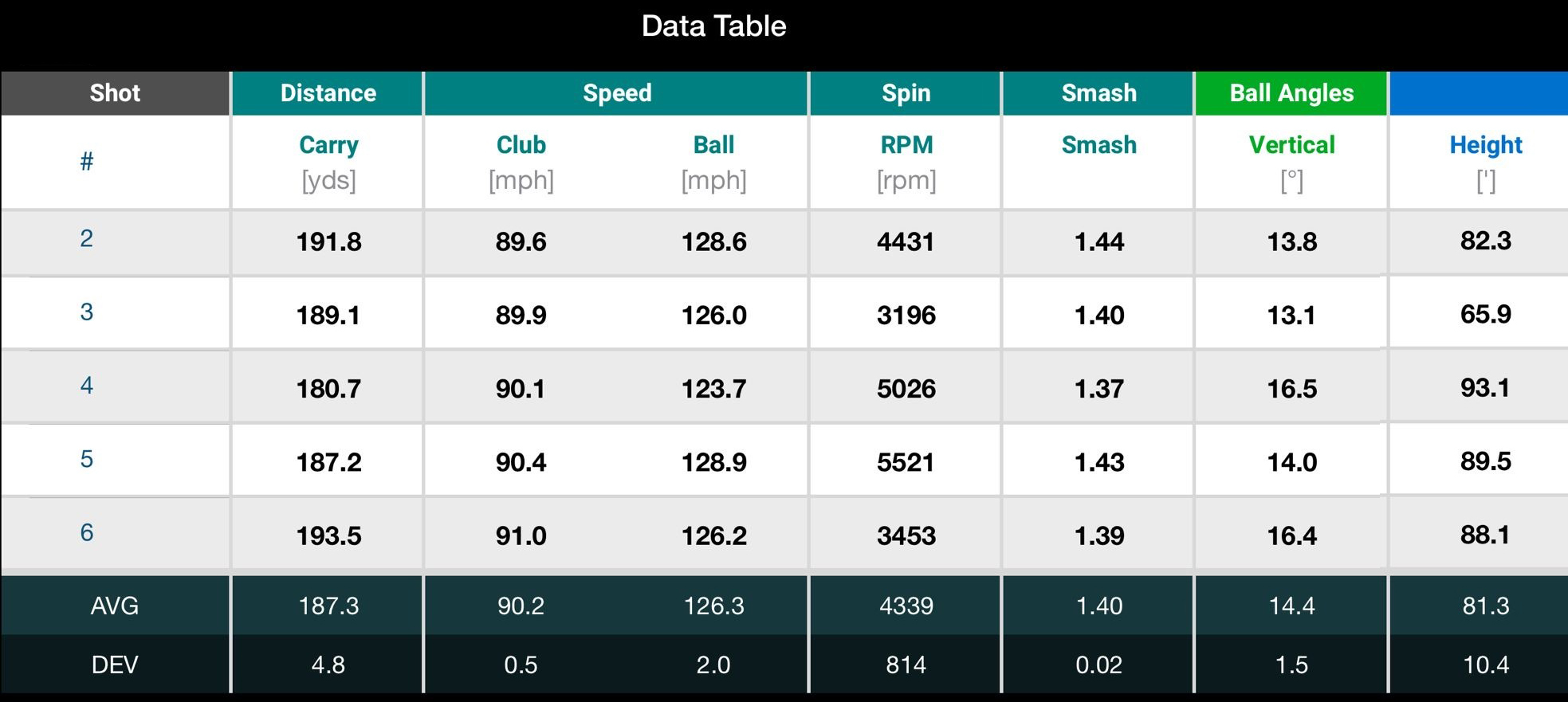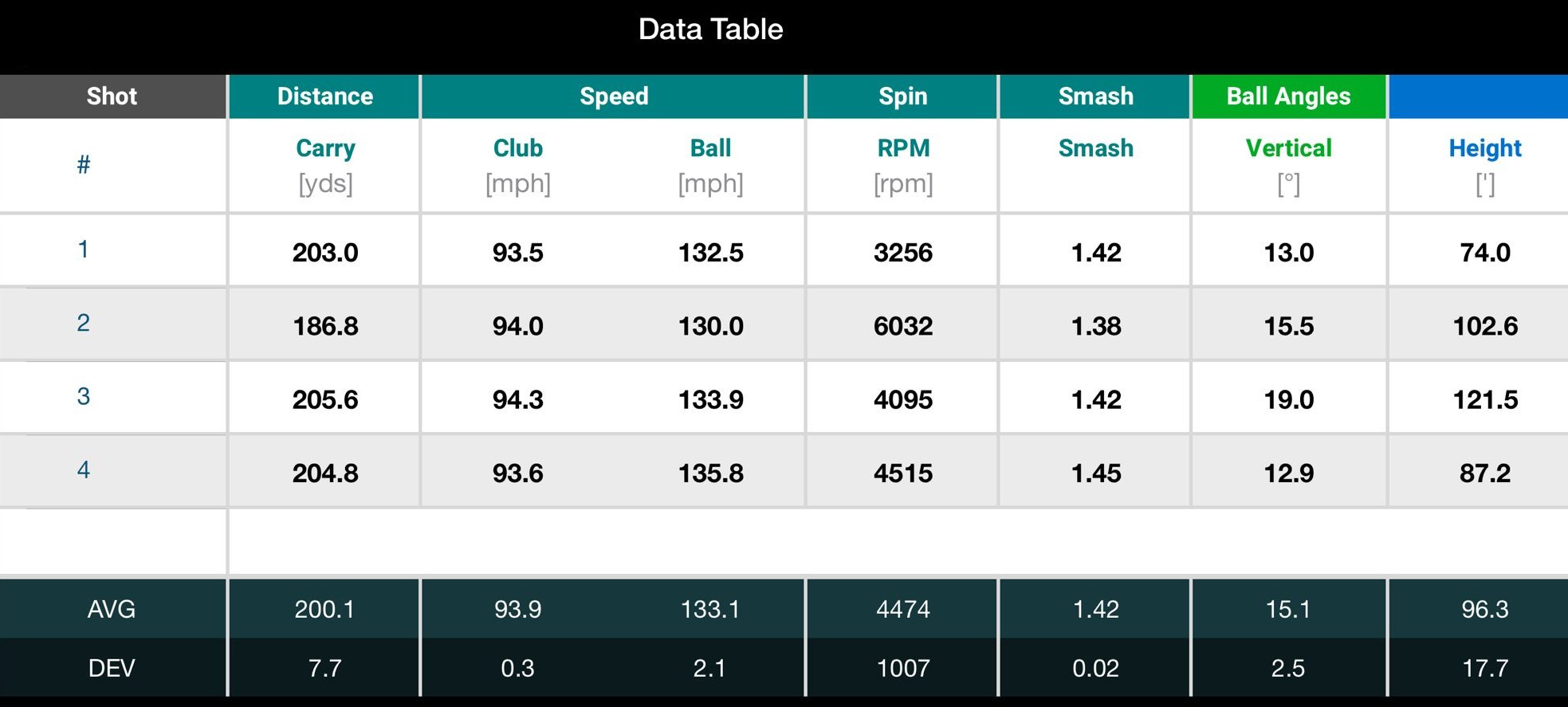
Everyone knows that golf is a very difficult sport to play, especially for those new to the game. But I think even some of the more highly-skilled golfers have been making the sport harder than it needs to be through their equipment choices. Specifically, the clubs they choose at the point where the hybrids transition to irons. Now every golfer is different and some will prefer the look, feel and flight of an iron versus a hybrid - some low handicap golfers may not have any hybrids in their bag at all. But the overall performance of a hybrid versus a long-iron equivalent cannot be ignored, which is why I think every golfer should have a 4-hybrid in their bag instead of a 4-iron - myself included! Let me explain...
WATCH: We reveal the club every golfer should consider adding to their bag
The status quo has always been that iron sets start at a 4-iron and while we’re now seeing more game improvement iron sets starting at a 5-iron, this is more down to the lofts getting stronger and the 5-iron being, in real terms, a 4-iron with a 5 stamped on the bottom. But golfers should really think hard about where the transition point from tech-infused metalwoods to intimidating long irons sits as the versatility and user-friendly performance of the best golf hybrid clubs is something many golfers overlook.
To put my theory to the test, I took the new Titleist GT2 hybrid adjusted to 22° of loft and put it up against the Mizuno Pro 243 four iron, which comes in at the same static loft, in a variety of on-course scenarios as well as the Flightscope Mevo launch monitor at La Hacienda Golf Links. This was to see how the data compared but also what the realistic differences in on-course performance were and whether there was a case for choosing a 4-iron over the hybrid equivalent.
The GT2 hybrid comes in at around one-and-three-quarter inches longer than the 4-iron, which should allow for more clubhead speed to be created. The GT2 is infinitely more versatile in how it could be set up - it has the SureFit hosel that adjusts loft and lie angle independently as well as moveable weights on the sole to really dial in the ball flight. The profiles at address are chalk and cheese - the GT2 four hybrid presents a lot more real estate behind the ball compared to the 4-iron. Some people prefer the look of an iron over a hybrid but it’s hard not to feel more confident over the ball with so much more meat behind it.


The launch monitor data showed three main findings. The 4-hybrid was much faster in terms of clubhead speed and ball speed, some of which will be down to the shaft length but also the size and construction of the hollow clubhead. Strikes simply have more power behind them, transferring more energy into the ball. The second thing was the stark difference in the peak height, with the hybrid flying on average 15 feet higher through the air than the 4-iron despite the static lofts behind identical. The final key difference was the volatility in the carry distances. The 4-hybrid produced far more consistent carries (other than the really poor swing included in the data above), even when the strike pattern moved around somewhat, whereas the 4-iron was much more reliant on a good strike to achieve respectable distance and this dropped off more severely on off-center hits.
Another scenario where the 4-hybrid excelled was from the rough. Long irons don’t tend to perform especially well when the ball is sitting down in longer grass - there’s a reason why some of the world’s best players add a 7-wood or 9-wood to their bag for course set ups with long juicy rough like the US Open. Where a 4-hybrid popped the ball out nicely, a 4-iron struggled to get to the back of the ball and achieve clean contact, causing a noticeable drop off in distance and accuracy.

I was worried, however, about the higher flight with the 4-iron being a problem when hitting into the wind and that it would cause me to come up short of my target. But what I found in testing was that the added ball speed and forgiveness on offer more than offset the effect of a moderate head wind. I think if you were hitting into a strong wind you might find the 4-iron to be more suitable, but don’t forget you can loft down models like the Titleist GT2 hybrid before you play if you know it’s going to be particularly blowy. The 4-hybrid also proved to be a very useful option when chipping from tightly mown run off areas with the wide sole and faster face increasing the margin for error significantly versus a wedge or even a mid iron.
There’s no doubt a 4-iron has its place in some instances - if you play a lot of your golf on tree-lined courses and need something that’s going to advance the ball low underneath branches, it fits the bill perfectly. But in terms of all-round playability, the 4-hybrid is far superior and in most scenarios provides consistently better results. It’s why I’m almost certainly going to add one to my bag and why you should seriously consider doing the same.







